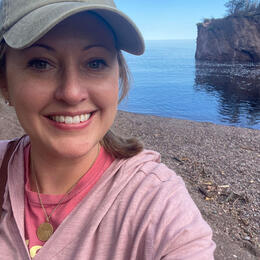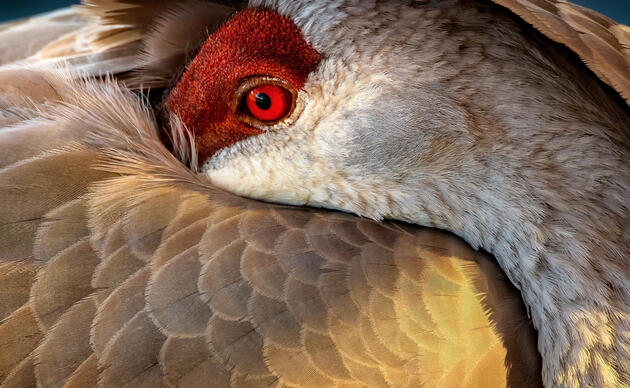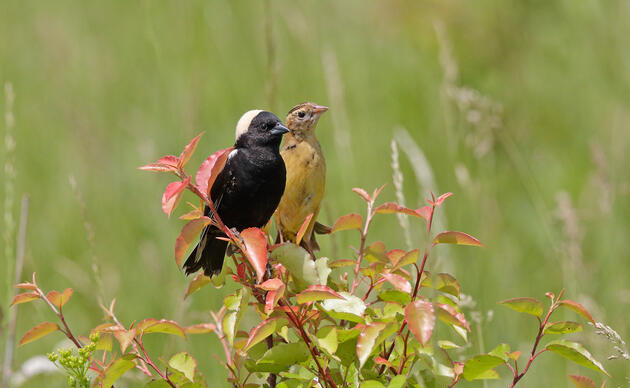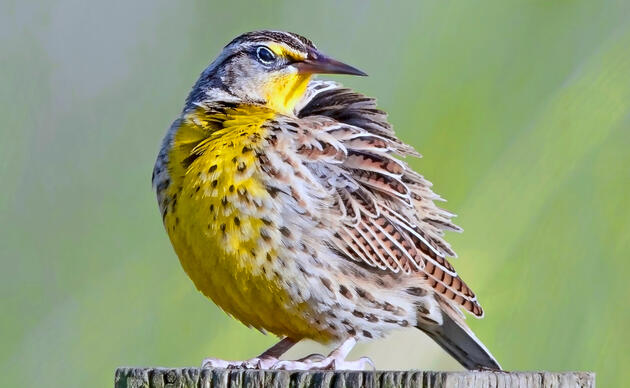One of the first enrolled landowners in the North Dakota Conservation Forage program, Jodie Provost, shares her experience with CFP. In May 2022, Jodie seeded a 30-acre site in Barnes County to a high diversity native mix consisting of over 20 species of native grasses and forbs. In this article you will learn what seed company she used, her goals for the project, and her process for getting started.
Q: What was your goal for this project?
A: For the land I enrolled I really wanted to increase the wildlife, they are fun to watch – everything from insects, birds, pollinators, to big critters. I really value the carbon sequestration that happens in grasslands and being in the Sheyenne River Valley I really appreciate how the grasslands filters the water and cleans it before it gets into the river. I love the visual appeal of grasslands, such a great view.
Q: What was the site like before?
A: The site was a former gravel pit that was smoothed over, it was previously being farmed and cropped with soybeans but not producing well because it was very rocky soil. When we purchased it, we knew it would be a good site to do something other than farm.
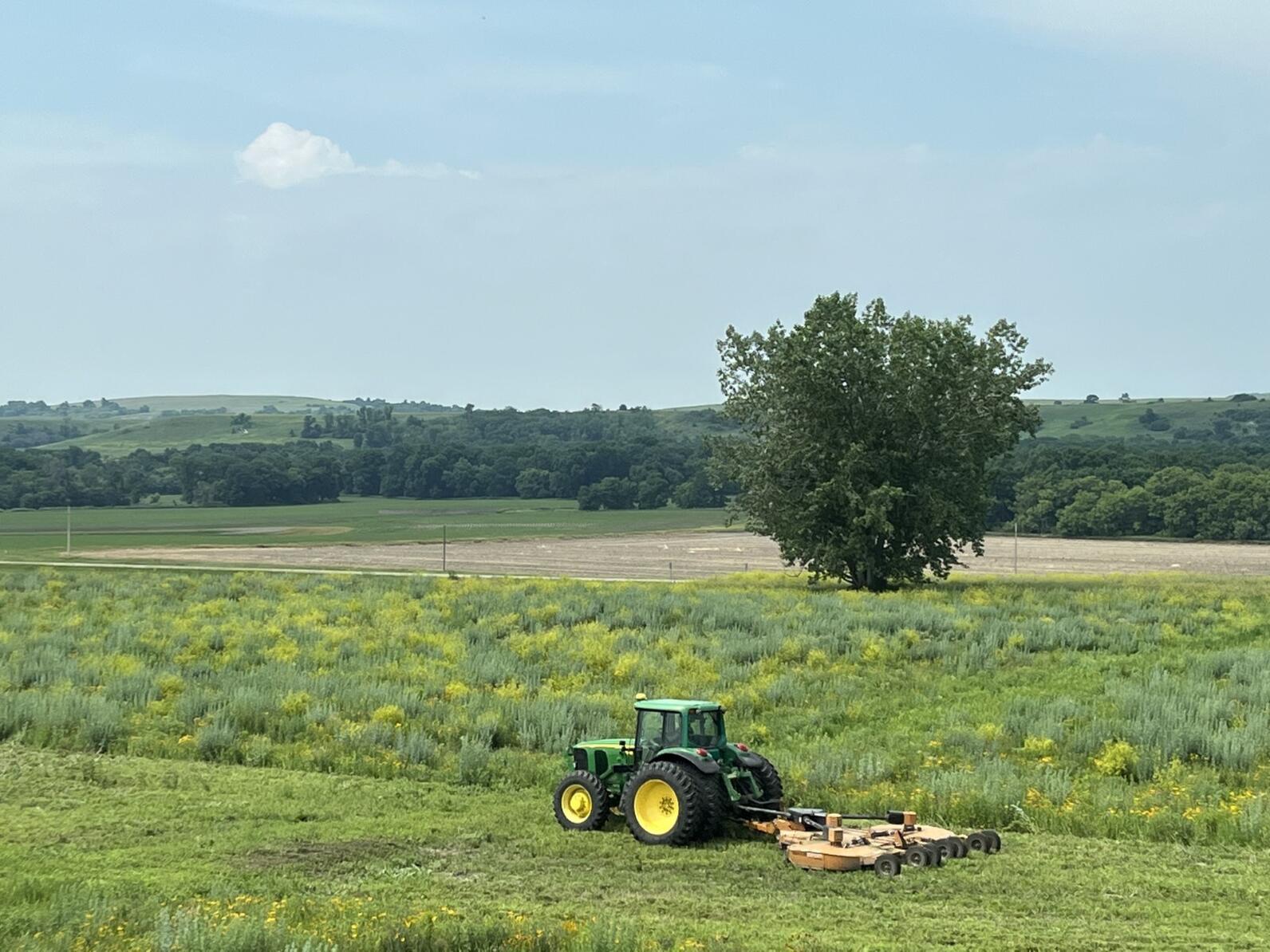
Q: What was your process like?
A: Being a biologist myself, I am interested in learning about restoration options and Audubon offered the best option. I got the seed from Millborn Seed, I wanted a high diversity mix for pollinators and to provide variety and let nature take over.
Q: How did you seed your property?
A: I grew up in a farm family, and my dad was eager to help, he brought his tractor and did the seeding with his tractor. My dad wasn’t used to the time it takes to grow prairie and he has really enjoyed learning and watching it grow in. I went back and forth about whether to broadcast seed or use the no-till drill, in the end we used the drill instead of broadcasting to be more efficient with seeding, but you get that row effect that you have to get used to. I was able to get my drill from the Barnes County Soil Conservation District. Second year still a row effect. Can take quite a few years to fill in and I am okay with that.
Q: What did it look like in the first year?
A: Some areas were a little rough. Overall, very good, and definitely some weeds – we had wormwood that looked like shrubs out there, which doesn’t look that terrible.
Q: What kind of management have you done to control weeds?
A: Last two summers we did some work to control the wormwood, sweet clover, and thistle, and my dad did the mowing. This summer I am going to let it grow and even if there are some weeds that’s okay.
Looking to get heterogeneity to see what happens. Will mow fire breaks this summer to begin rotational fires next year. We plan to maintain those to use as cross-country ski trails. We live along the North Country trail and we are excited that anyone who hikes along our land can enjoy the restoration.
Q: What are you future management goals after the three years?
A: Our intent will have it stay habitat forever if we can help. The plan is to do rotational prescribed burns around it. At the moment no plans to graze or hay it. If we enroll into other programs in the future I will make sure disturbances are allowed and grazing and fire would be allowed.
Q: What are some recommendations you have for others enrolled?
A: Making sure you know how the seeding drill works – get someone to help you who really knows how use the equipment. Learn about what invasives really matter and are worth your time trying to control. I called Juli Bosmoe(Audubon Great Plains Senior Range Ecologist), and she offered great advice about what to worry about and what can be ignored.

